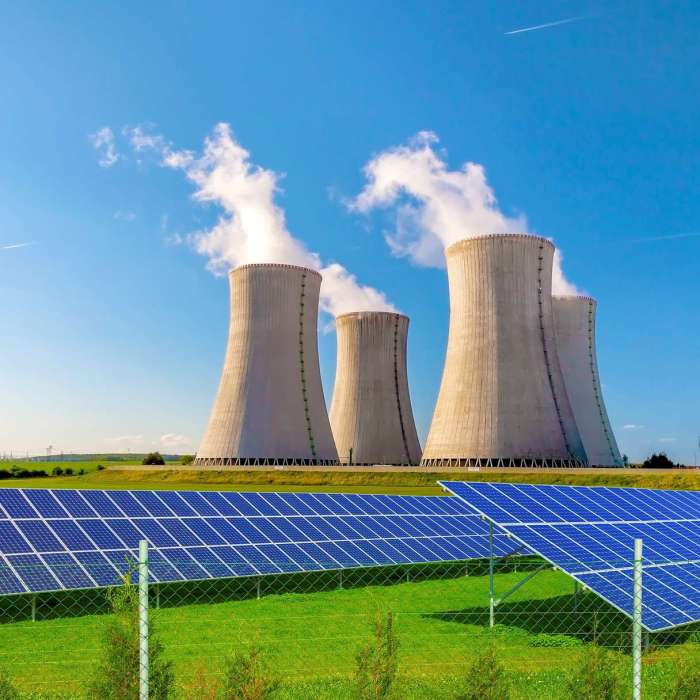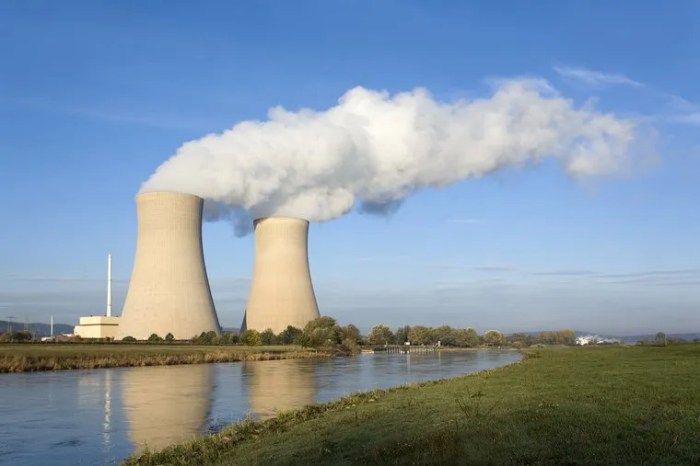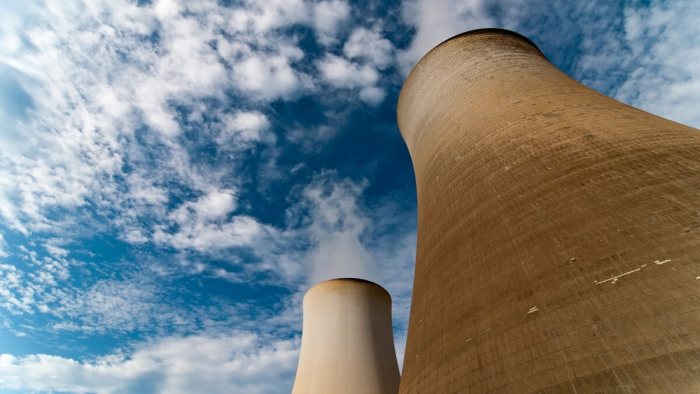Nuclear energy in Australia has been a topic of debate and discussion for decades, with proponents touting its potential benefits and opponents raising concerns about safety and environmental risks. In this comprehensive guide, we delve into the current status, challenges, and future prospects of nuclear energy in Australia, providing a balanced and informative overview of this complex issue.
The development of nuclear energy in Australia has a long and winding history, with the first nuclear reactor being established in the 1950s. However, the industry has faced significant challenges, including public opposition and regulatory hurdles, which have slowed its progress.
Overview of Nuclear Energy in Australia
Nuclear energy is currently not a part of Australia’s energy mix, and there are no operational nuclear power plants in the country. However, Australia has a long history of involvement in nuclear science and technology, dating back to the early days of nuclear research in the 1950s.
The Australian Nuclear Science and Technology Organisation (ANSTO) is the primary organization responsible for nuclear research and development in Australia. ANSTO operates several nuclear research facilities, including the HIFAR reactor, which is used for producing radioisotopes for medical and industrial applications.
Key Players and Organizations
- Australian Nuclear Science and Technology Organisation (ANSTO)
- Australian Radiation Protection and Nuclear Safety Agency (ARPANSA)
- Office of Nuclear Science and Technology (ONST)
Challenges of Nuclear Energy in Australia

The development of nuclear energy in Australia faces several challenges, including public perception, regulatory and safety considerations, and economic viability.
Public Perception and Concerns, Nuclear energy in australia
Public perception of nuclear energy in Australia is generally negative, with many people expressing concerns about the potential for accidents, the long-term storage of radioactive waste, and the proliferation of nuclear weapons.
Regulatory and Safety Considerations
The regulatory framework for nuclear energy in Australia is complex and stringent, with multiple agencies responsible for different aspects of safety and security. This can make it difficult and time-consuming to obtain the necessary approvals for nuclear projects.
Economic Viability
The cost of developing and operating nuclear power plants is high, and there is no guarantee that they will be economically viable in Australia. The high upfront investment costs and the long lead times for construction can make nuclear energy a less attractive option than other forms of energy generation.
Future Prospects of Nuclear Energy in Australia

Australia is exploring the potential of nuclear energy as a clean and reliable energy source for the future. With its vast uranium reserves, Australia has the potential to become a significant player in the global nuclear energy market.
The Australian government has established a Nuclear Science and Technology Organisation (ANSTO) to research and develop nuclear technologies. ANSTO is currently operating a research reactor at Lucas Heights in Sydney.
Role of Nuclear Energy in Australia’s Long-Term Energy Mix
Nuclear energy could play a significant role in Australia’s long-term energy mix, providing a reliable and low-carbon source of electricity. Nuclear power plants can operate 24 hours a day, 7 days a week, and are not affected by weather conditions.
The Australian government has set a target of net zero emissions by 2050. Nuclear energy could help Australia achieve this target by providing a clean and reliable source of electricity.
Potential for Nuclear Energy to Contribute to Australia’s Clean Energy Goals
Nuclear energy is a low-carbon source of electricity. Nuclear power plants do not produce greenhouse gases, which contribute to climate change.
Nuclear energy could help Australia meet its clean energy goals by providing a reliable and low-carbon source of electricity. Nuclear power plants can operate 24 hours a day, 7 days a week, and are not affected by weather conditions.
Final Thoughts

The future of nuclear energy in Australia remains uncertain, but it is clear that it has the potential to play a significant role in the country’s energy mix. With careful planning and public engagement, Australia can harness the benefits of nuclear energy while mitigating the risks, ensuring a clean and sustainable energy future for generations to come.
Frequently Asked Questions
What is the current status of nuclear energy in Australia?
Australia does not currently have any operating nuclear power plants, and there are no plans to build any in the near future. However, the government is exploring the potential of small modular reactors (SMRs), which are seen as a safer and more cost-effective option than traditional nuclear power plants.
What are the potential benefits of nuclear energy in Australia?
Nuclear energy has the potential to provide Australia with a reliable and affordable source of baseload power, which is essential for a modern economy. It is also a low-carbon energy source, which can help Australia meet its climate change commitments.
What are the challenges of nuclear energy in Australia?
The main challenges associated with nuclear energy in Australia are public opposition and regulatory hurdles. The public is concerned about the safety and environmental risks of nuclear power, and there are strict regulations in place to govern the industry.